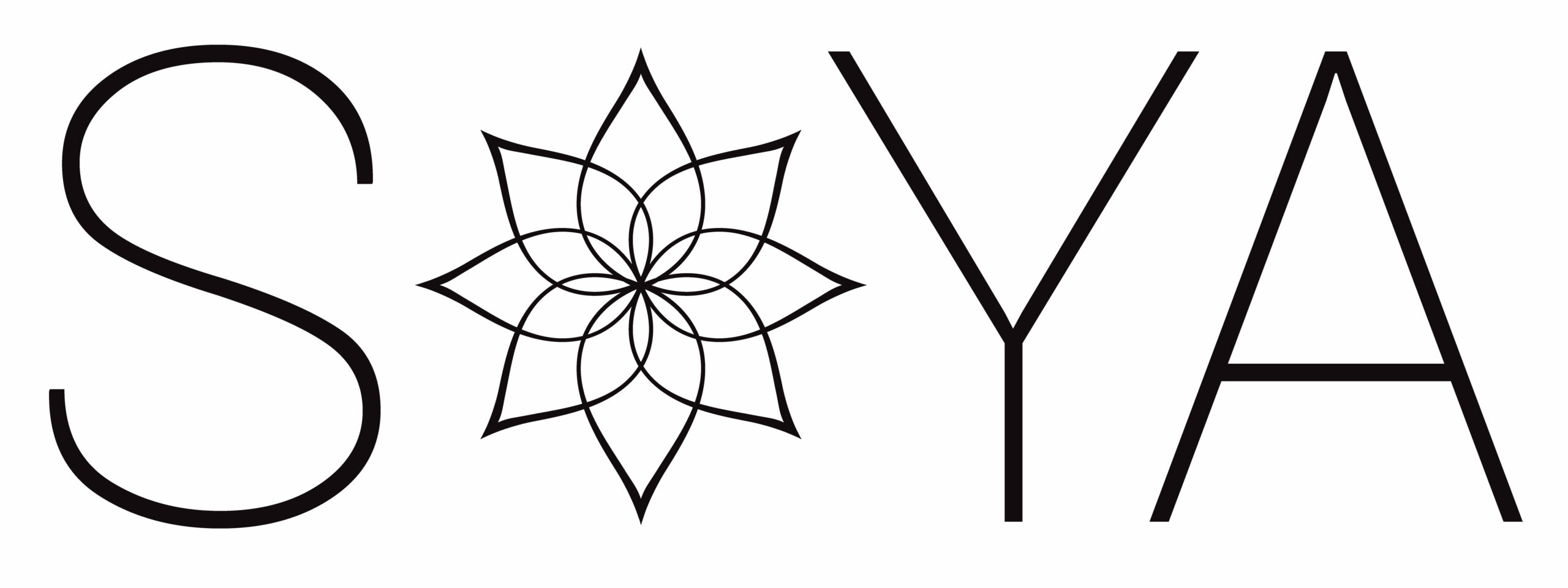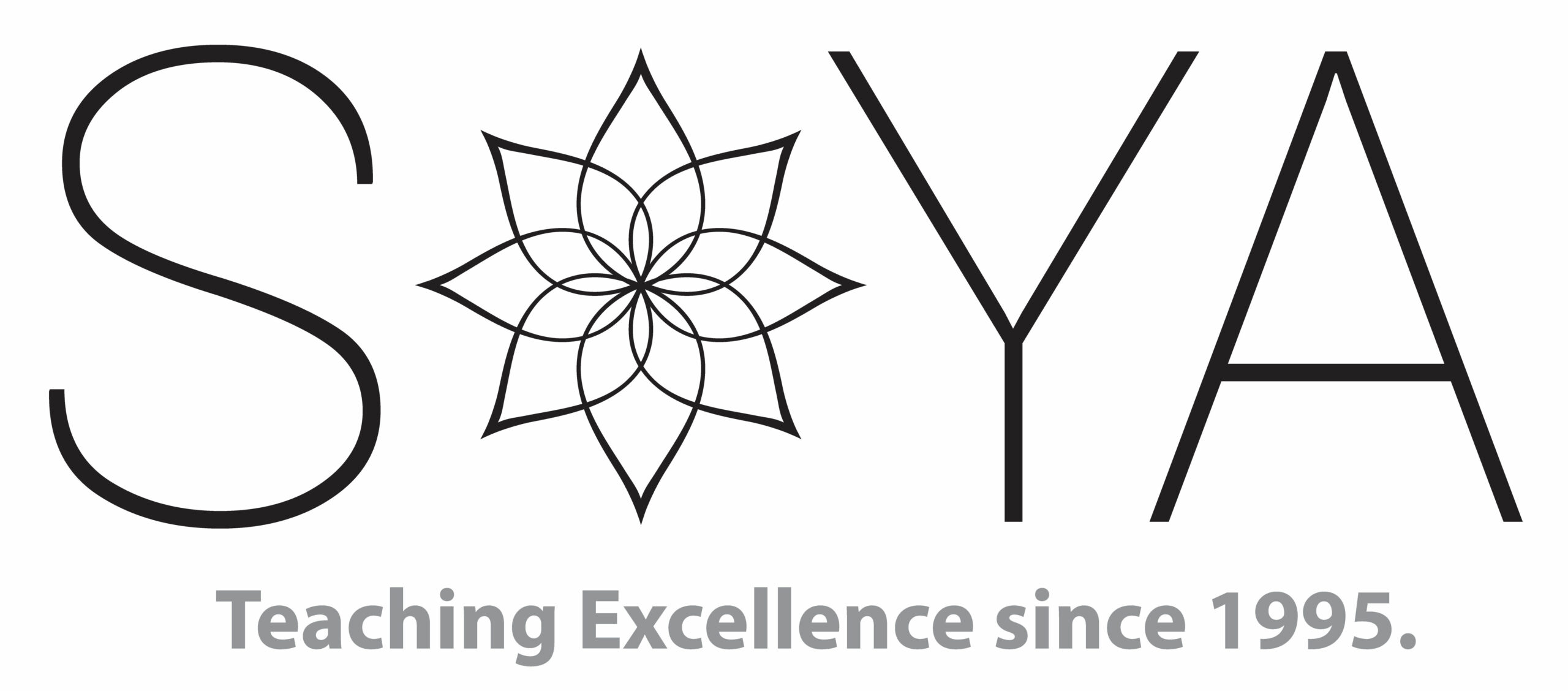For this lesson we will use the following text book:
- How to Know God, The Yoga Aphorisms of Patanjali with Translation by Swami Prabhavananda and Christopher Isherwood
- Letters from the Yoga Masters by Marion Mugs McConnell
- Science of Yoga by Ann Swanson
- SOYA Teacher Training Manual
Before you start, here is a cute 4 minute video that lays a nice foundation of who Pananjali was, it’s called The Birth of Maharishi Patanjali.
Let me tell you a little bit about the Yoga Sutras. Patanjali wrote the Yoga Sutras somewhere between 400 B.C.E. and 400 C.E. Note: B.C.E. is before common era and C.E. is common era. The sutras outline, in great detail, one of the main classical paths of yoga, Raja Yoga, the yoga of the mind. In the sutras we learn all about how the mind works, how to take control of the mind, and how to change our thought patterns. Raja Yoga is known as the Path of Meditation, the Royal Path. Through understanding the connection between the breath and the mind, we can quieten the mind and move deeply into meditation. Through this path we learn how the senses draw us outward, and by withdrawing from the senses we are able to move inward and learn about our soul, the Atman. We will even learn the difference between our personality and our soul.
The Yoga Sutras are life-changing. Please watch this 4 minute animated video made by “Infognostica”.
Got more time? Here is a mind-blowing video created by ABC Science (25 minutes) on how meditation is not only life-changing, it’s brain-changing!
So, Patanjali’s sutras are going to teach us about the mind and meditation, and through the teacher training we will practice meditation daily to see for ourselves. Most of the meditations in the SOYA Teacher Training Manual are recorded on the SOYA YouTube channel, so you will be able to continue practicing them and teaching them to others.
You will be introduced to many new words and you will find some in the glossary in the text Letters from the Yoga Masters starting on page 28. Note any that may need further explanation. Also, here is an online glossary that you may want to bookmark for easy access.
Please work your way through the lessons and associated topics, finishing by answering the questions for each lesson or topic.
Throughout the lessons there will be some videos for you to watch. Some will be from SOYA and some from other public sources.
Video Disclaimer: Although the information contained in these videos has been produced and processed from sources believed to be reliable, no warrant, expressed or implied, is made regarding accuracy, adequacy, completeness, legality, reliability or usefulness of the information. Any reliance you place on such information is therefore strictly at your own risk.


Recent Comments